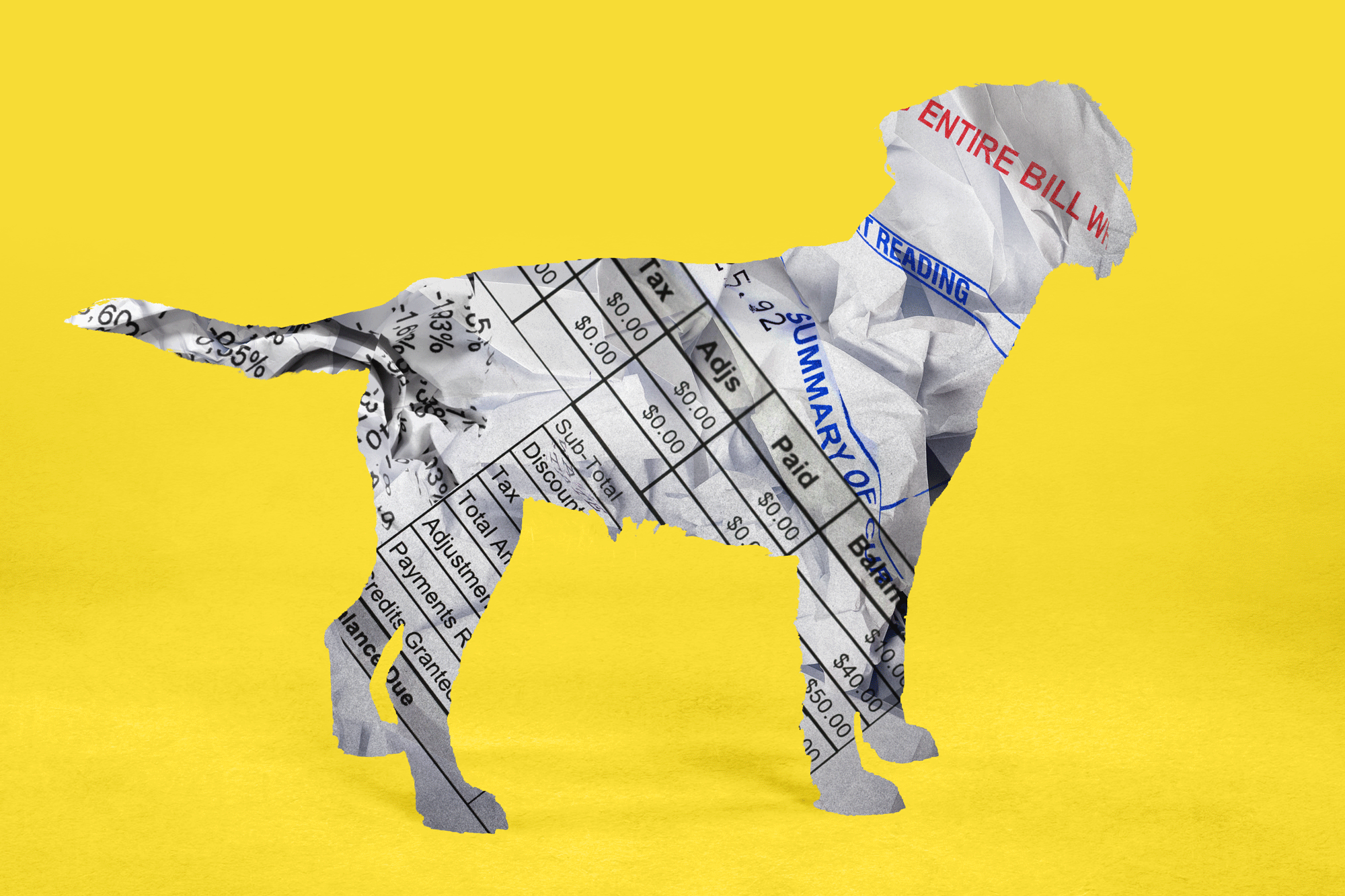Medical Insurance for Pets Can Be a Lifesaver : Coverage: An Anaheim provider is nation’s largest insurer of animals and has issued more than a half-million policies.
- Share via
If Travis Coates had been able to obtain health insurance for his pet, the boy may never have had to pull the trigger on Old Yeller.
For $10 a month, the lovable hound of Fred Gipson’s bittersweet tale would have been vaccinated and spared both rabies and his master’s rifle. He may, however, have howled over a provision for 50% off the cost of neutering.
Of course, pet health insurance did not exist in the book’s fictional past. And in the real-life present, it is uncommon; only one major multi-state carrier provides nationwide coverage, though smaller plans are springing up.
The nation’s largest pet health insurer, Veterinary Pet Insurance in Anaheim, has issued more than 500,000 policies in 39 states since it was founded 14 years ago.
Premiums average $75 a year. “We cover accidents or illnesses. In that sense, it’s pretty much the same as regular (human) health insurance,” Vice President Richard Stephens said. “Elective surgeries, spays, neuters and routine care aren’t covered.”
Dr. Scott Matheson, medical director for the Family Veterinary Hospital’s All Pet Complex in Taylorsville, Utah, said, “We find that the vast majority of pet owners don’t really take proper care of their pets. A lot of times, the option that people choose is euthanasia.
“That’s frustrating when perhaps 80% of all euthanasias are unnecessary. We would rather be able to treat these animals and get them back to their families.”
In a country that spent nearly $7 billion on veterinary care for dogs and cats in 1991, pet health insurance might seem to be a logical growth industry.
“Basically, we think it’s a great idea,” said Katherine Brant, spokeswoman for the Humane Society of Utah. “Many people deeply devoted to their companion animals will quite often put their companion’s health care needs ahead of their own.”
Last year, Family Veterinary Hospital launched a three-tiered dog and cat health plan. So far, more than 200 pet owners have signed up, and Matheson expects enrollment to reach 400 to 500 by year’s end.
Here’s how it works: A $10-a-month plan offers vaccinations, other routine treatments and savings on spays and neuters. For $7.50 more, the plan extends discounts to medical, surgical, prescription and laboratory services. A $25-month payment covers the full cost of medical, surgical and lab work up to $500, and half the cost above that.
Matheson said the prepaid options are more akin to human health maintenance organizations (HMOs) than to regular third-party insurance plans, dozens of which have failed in the pet-care market in recent decades.
The latest to go under was the Fireman’s Fund Insurance Co.’s Medipet program, which quit writing new policies April 4. John Kozero, spokesman for the Novato, Calif.-based firm, said fewer than 7,000 pet owners signed up during a three-year trial run.
“An awful lot of people showed interest, but after they received the brochures, very few sent in checks,” he said.
There would appear to be plenty of room for small-scale, prevention-oriented pet health plans. Indeed, pet insurance has become a hot topic for the American Veterinary Medical Assn., which recently appointed an executive panel to explore the issue.
“Everybody seems to be very interested in this,” said spokesman Mike Walters, reached at the association’s offices in Schaumburg, Ill.
While not endorsing any insurance scheme, Walters argued that dogs and cats are better risks than people.
“If you consider that a lot of health problems may be the result of voluntary or discretionary but unsafe activities--drinking, smoking, or riding motorcycles without helmets--animals don’t engage in those activities,” he said.
In 1991, the latest year for which the American Veterinary Medical Assn. has statistics, Americans owned 52.5 million dogs and 57 million cats. Nearly $4.6 billion was spent on canine veterinary care, while cat owners paid more than $2.3 billion.
Bills for veterinary care, while nowhere near as high as medical bills for humans, can still be budget-breakers.
“A real common example is a dog or cat that gets hit by a car. If it has a single broken bone, it would not be uncommon to have surgery, and that’s $800 to $1,000,” Matheson said.
The Rev. Bradley Wirth considers the coverage he bought for Oliver Wendell Wirth--a 15-year-old “terrier-poodle-cocker and, we’ve always said, Presbyterian”--to have been almost providential.
The All Saints Episcopal Church priest, concerned by Oliver’s difficulty navigating steps, took the dog in for X-rays at All Pet. Two large bladder stones were discovered, requiring surgery last January.
Instead of the $930 the operation cost, Wirth paid $176 to return Oliver to health.
“In my role as a priest, I have seen people agonize over medical procedures for their pets. It was an absolute godsend for us, and I think it would be for other folks.”
More to Read
Sign up for Essential California
The most important California stories and recommendations in your inbox every morning.
You may occasionally receive promotional content from the Los Angeles Times.













